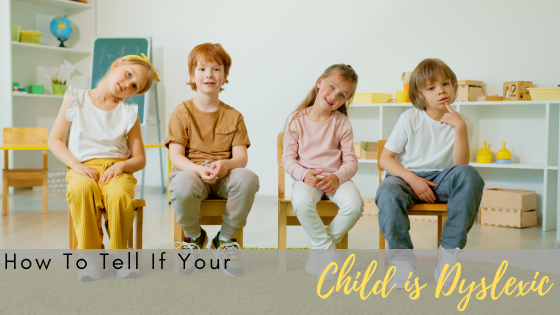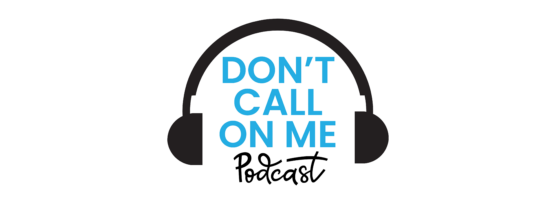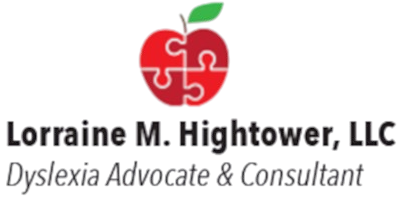
How To Tell If Your Child Is Dyslexic
A beautiful thing that stemmed from the world of educational psychology in the 1980s is Howard Gardner’s theory of multiple intelligences. This theory puts forward the belief that people all have various, distinct types of intelligences and not just one general measure of intelligence. Multiple intelligences incorporate different areas such as logical-mathematical, linguistic, musical, spatial, kinesthetic, interpersonal, intrapersonal, and naturalistic. And thank goodness they do. These different intelligences are the things that bless humans with the capacity to write music, to translate foreign texts, to solve difficult math problems, to build, to connect, and to excel. This understanding of multiple intelligences points out that there is a broader range of human capability.
Parents know this instinctually, it seems. Children can exhibit great curiosity, imagination, and an uncanny ability to figure things out. Young kids might also be exceptionally good at things like solving puzzles or building models. Other kids may be early readers or budding mathematicians who excel at words and numbers. While the breadth and depth of what the brain can do is quite awe inspiring, it is essential to note that there are different learners. Sometimes these differences come in the form of specific learning disabilities like dyslexia.
Dyslexia is one of the most common learning disabilities, and it affects a child’s ability to read. Phonology, decoding, and comprehension can all be difficult for students with dyslexia, making learning to read a struggle. Many times, children with dyslexia experience a distinct difference between their intelligence and their achievement. It is so important to get the right kind of help for students with dyslexia, but first, you’ll need to identify the learning disability. Read on to learn more about how to tell if your child is dyslexic.
What to look for in your student:
- Rhyme time: Can your little one recite Hickory Dickory Dock? For some kids, nursery rhymes come easy; however, for learners who struggle with language, singing the simple childhood rhymes that are so common can prove to be difficult. In addition, rhyming patterns in words like cat, bat, and hat may be hard for students with dyslexia to recognize.
- Directionally challenged: While most toddlers might exhibit a stubborn streak as they learn the power of the word, “No,” those who have dyslexia may have more than just the typical toddler stubbornness; they tend to have a particularly hard time following directions.
- Now you know your ABCs: Learning the letters of the alphabet is one of the first things we all really teach our young children. Kids who have dyslexia may struggle with identifying and remembering the ABCs and even the letters in his or her own name.
- All in the family: Do you or does a member of your family have a history of reading or spelling difficulties? It can be common for a learning disability like dyslexia to run in families.
- Making the connections: Connecting sounds to letters is an essential skill for reading. Some kids with dyslexia may use pictures to come up with the word in a book rather than focus on the letter sounds in a word such as c-a-t. Sounding out simple words can present a true challenge for dyslexic children.
- The struggle is real: When it’s time for reading time, does your young student try to avoid it? Frustration can be so hard to cope with. Students with dyslexia may complain, fuss, or even try to hide when it’s time to practice reading skills.
- Reading in slo-mo: Not only are students with dyslexia typically slower to acquire reading skills, when they do read, their reading pace tends to be slow as well. Reading aloud can sound forced and awkward. This can cause students with dyslexia to avoid reading out loud—at home and in class.
- Self-esteem struggle: Students with dyslexia tend to be such hard workers because they need to put in extra effort just to keep up. Sometimes, even despite earning fine grades, dyslexic students may be worried about being called dumb or being ridiculed for their reading skills.
- Find out for sure: The only way to definitively confirm that your child has dyslexia is by testing by qualified professionals. Learn more here.
Is it time for you to seek a solution for your student? Fortunately, there are solutions for students who struggle with dyslexia. One of the best options to help dyslexic students is dyslexia therapy. Dyslexia on Demand has made it their mission to make dyslexia therapy available to students no matter where they live. Dyslexia therapy can be conducted through Dyslexia on Demand’s tailored, online dyslexia programs; in turn, these programs have the power to be life-changing for students with dyslexia. Dyslexia therapy can help students to not only overcome the struggles they have faced while learning to read, it can inspire more self-confidence and even a strong interest in reading.
Learn more about Dyslexia on Demand. Find out more about dyslexia therapy and how it can help your child. Book a free consultation at our website, or call Dyslexia on Demand at 888-292-3906.
References:
International Dyslexia Association. (2017). Definition of dyslexia. International Dyslexia Association. https://dyslexiaida.org/definition-of-dyslexia/
International Dyslexia Association. (2017). Evaluating children for dyslexia. International Dyslexia Association. https://dyslexiaida.org/evaluating-children-for-dyslexia/
American Academy of Pediatrics. (2019). Clinical report: Dyslexia. Pediatrics, 144(6), e20193046. https://doi.org/10.1542/peds.2019-3046
Shaywitz, S. E., & Shaywitz, B. A. (2020). Overcoming dyslexia: Second edition. Vintage.
Snowling, M. J., & Hulme, C. (2012). Interventions for children’s language and literacy difficulties. International Journal of Language & Communication Disorders, 47(1), 27–34. https://doi.org/10.1111/j.1460-6984.2011.00081.x
Gaab, N. (2017). It’s a myth that young children can’t be screened for dyslexia! International Dyslexia Association. https://dyslexiaida.org/its-a-myth-that-young-children-cant-be-screened-for-dyslexia/
National Center on Improving Literacy. (2020). Dyslexia: What families need to know. University of Oregon. https://improvingliteracy.org/fact-sheet/dyslexia-what-families-need-know
Gardner, H. (1983). Frames of mind: The theory of multiple intelligences. Basic Books.












